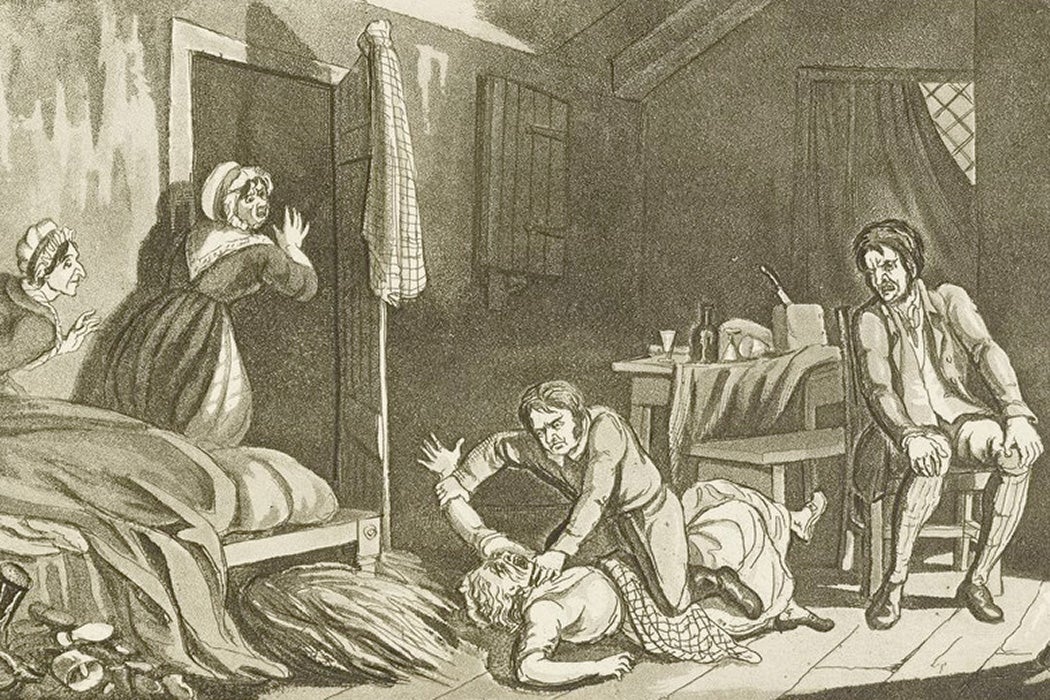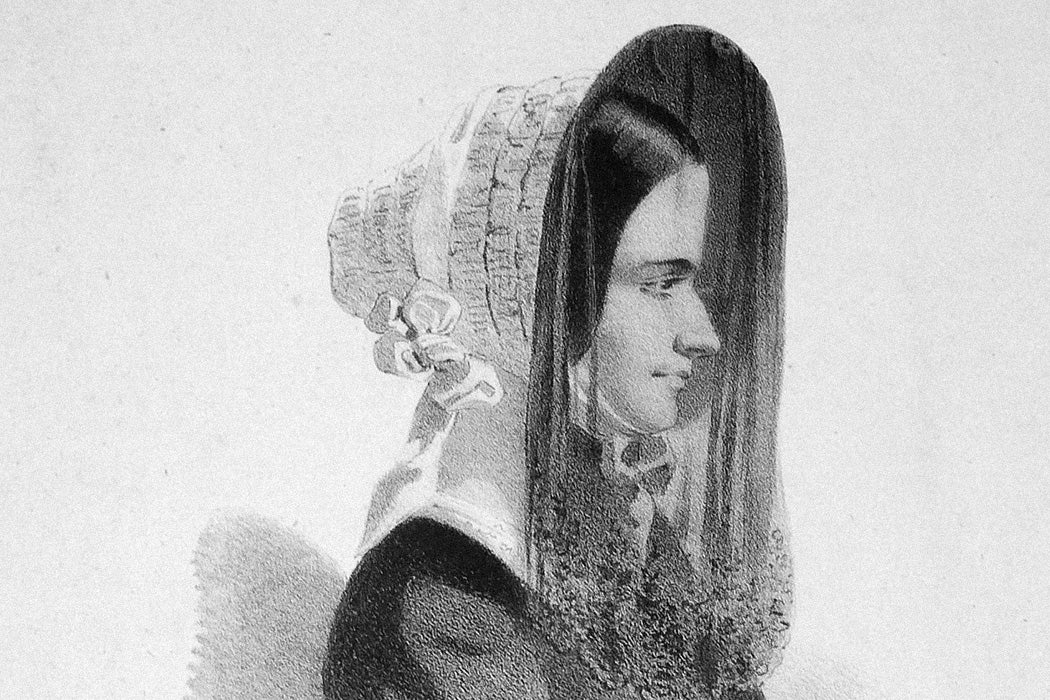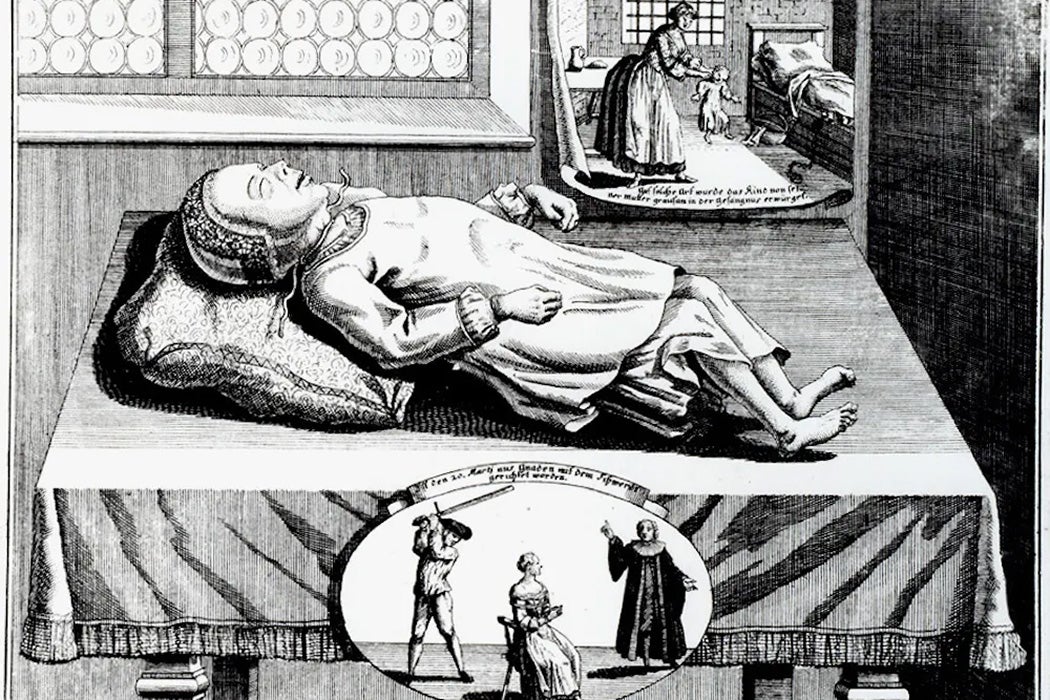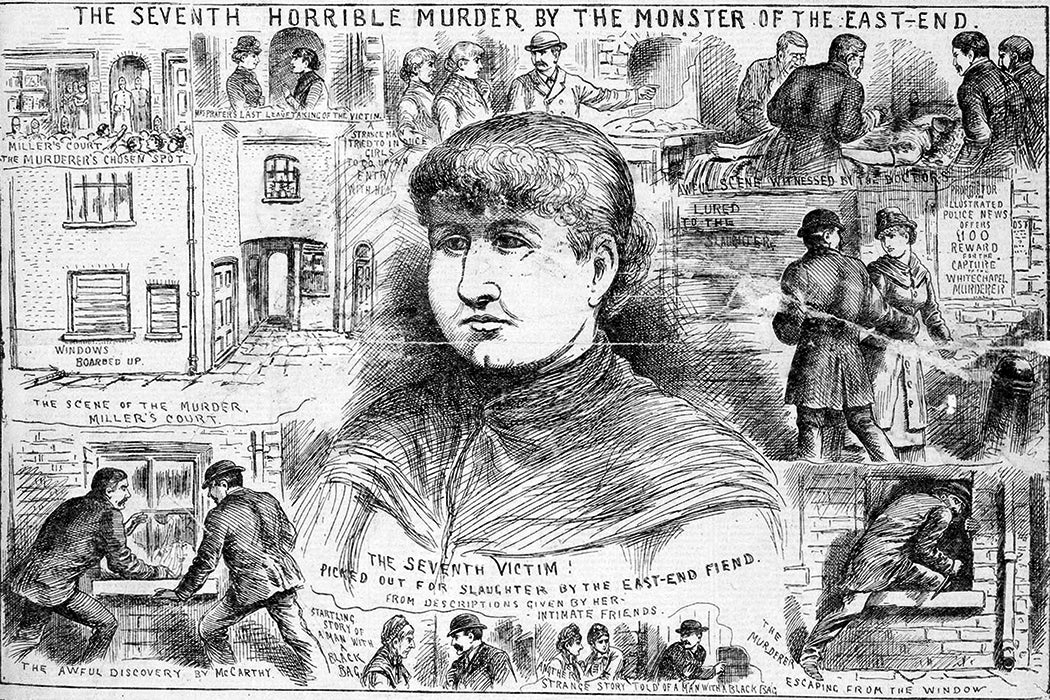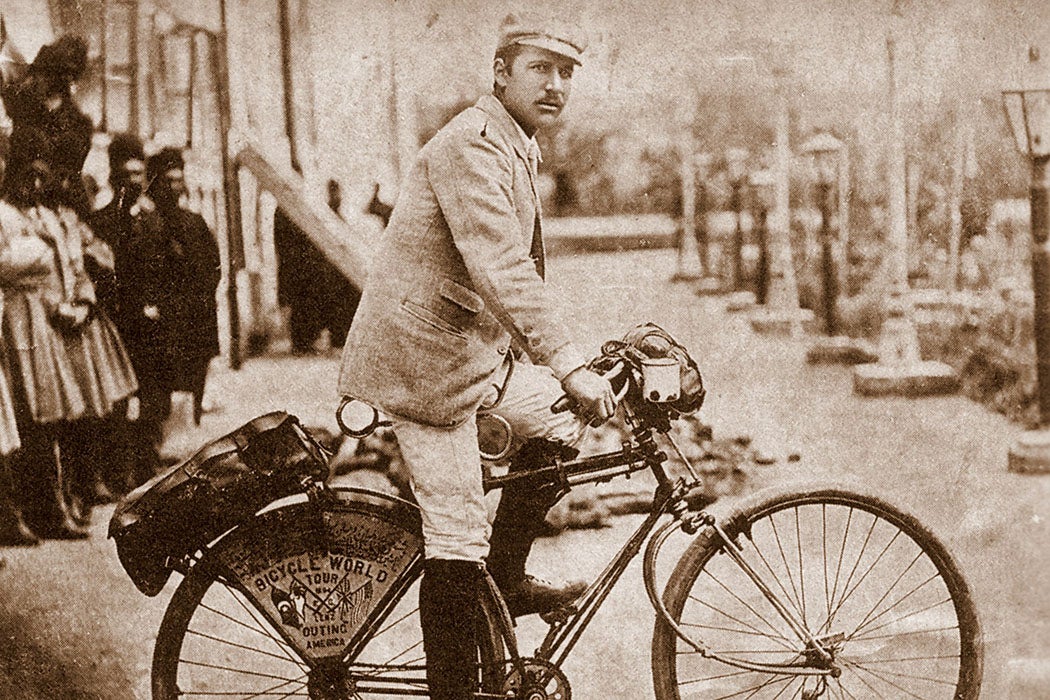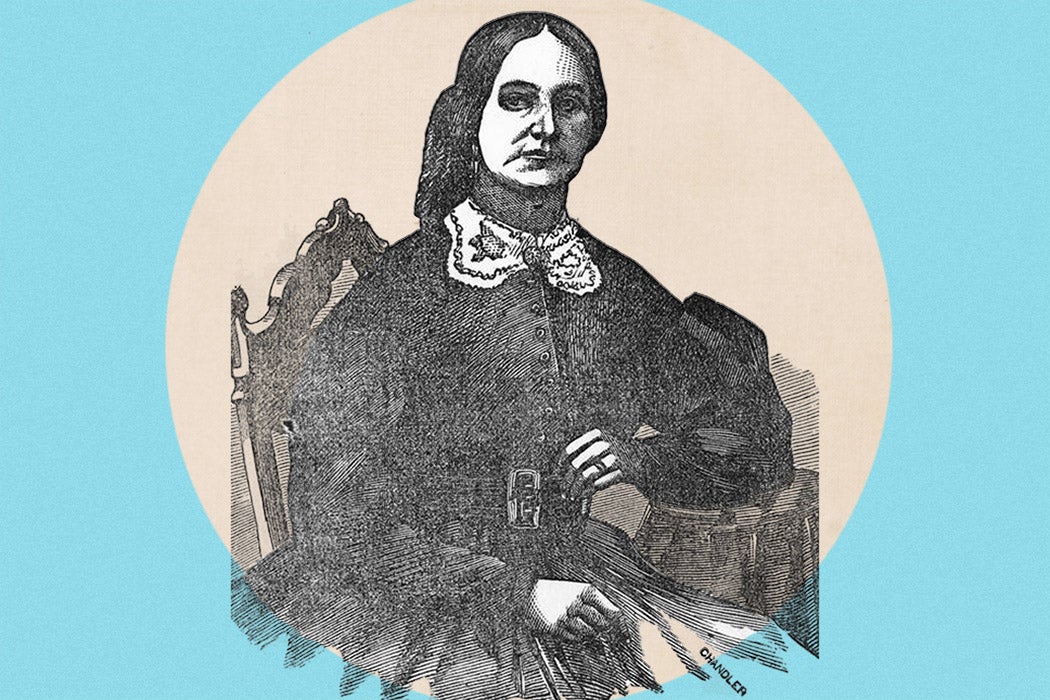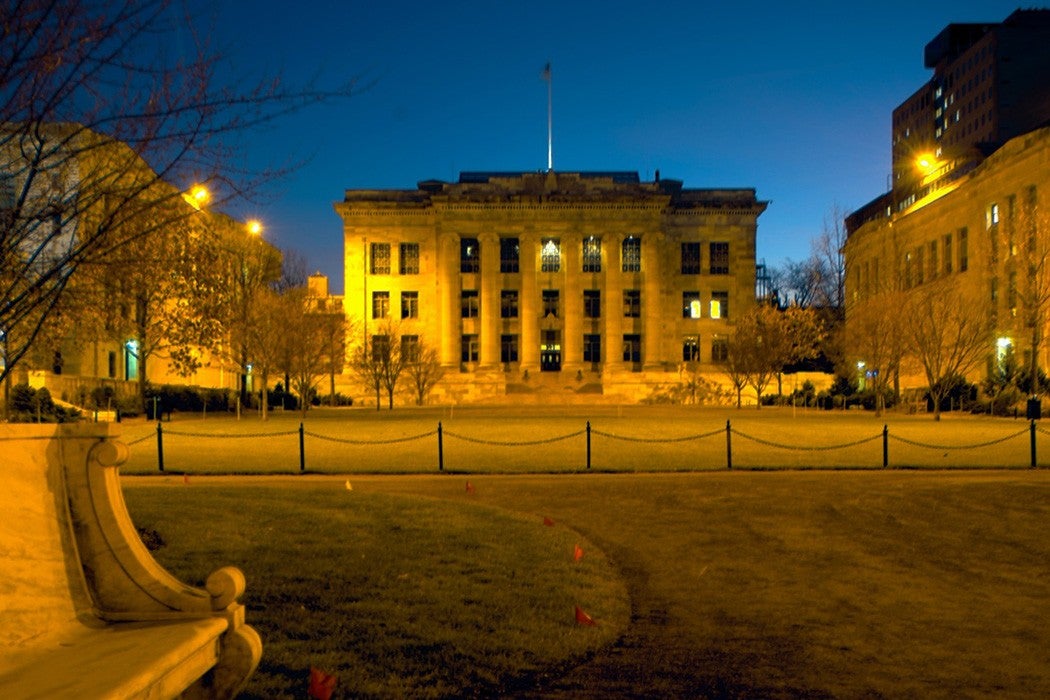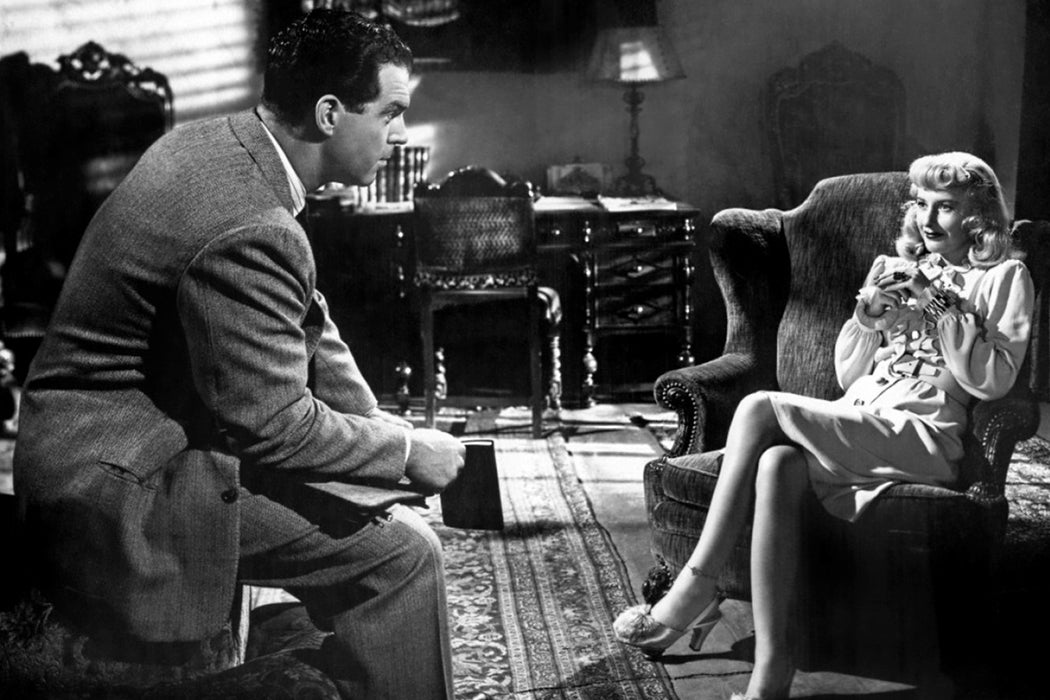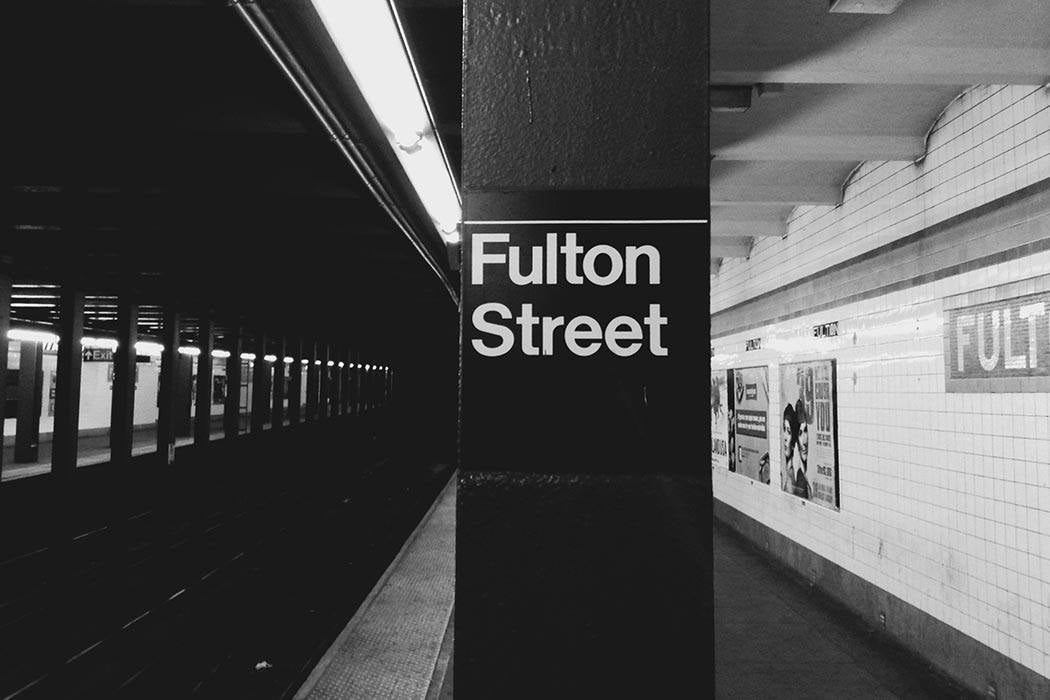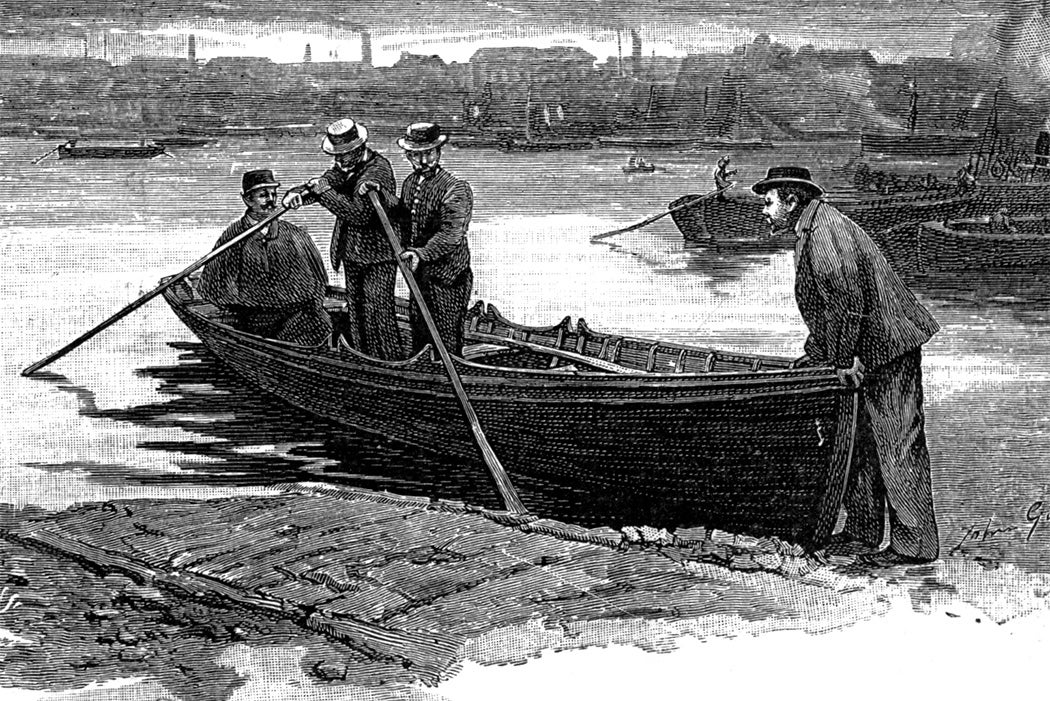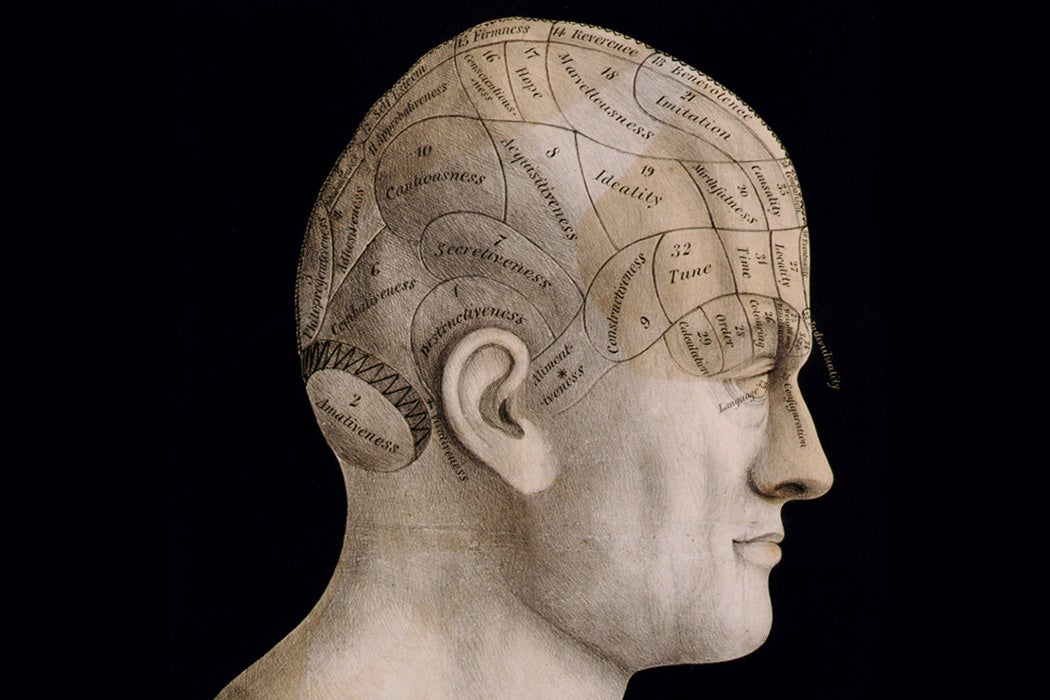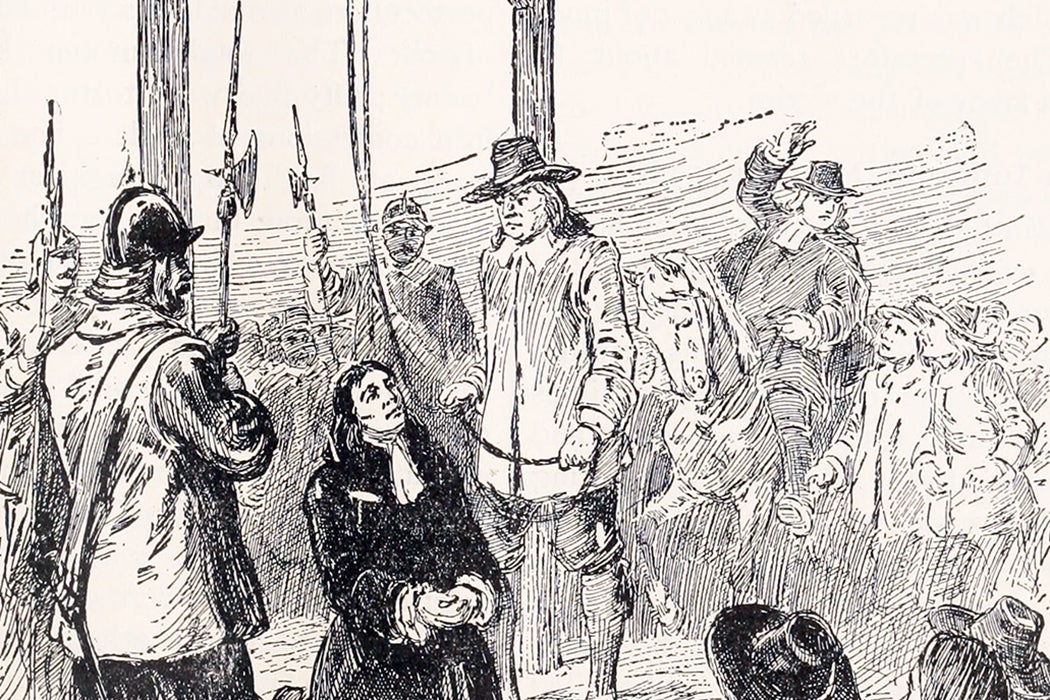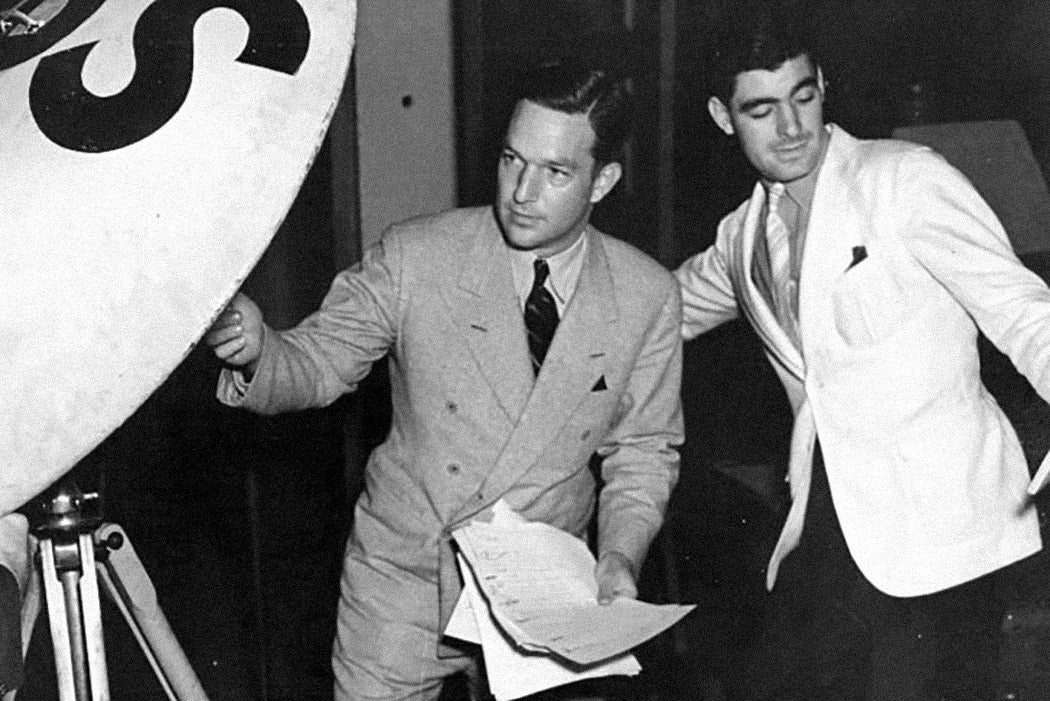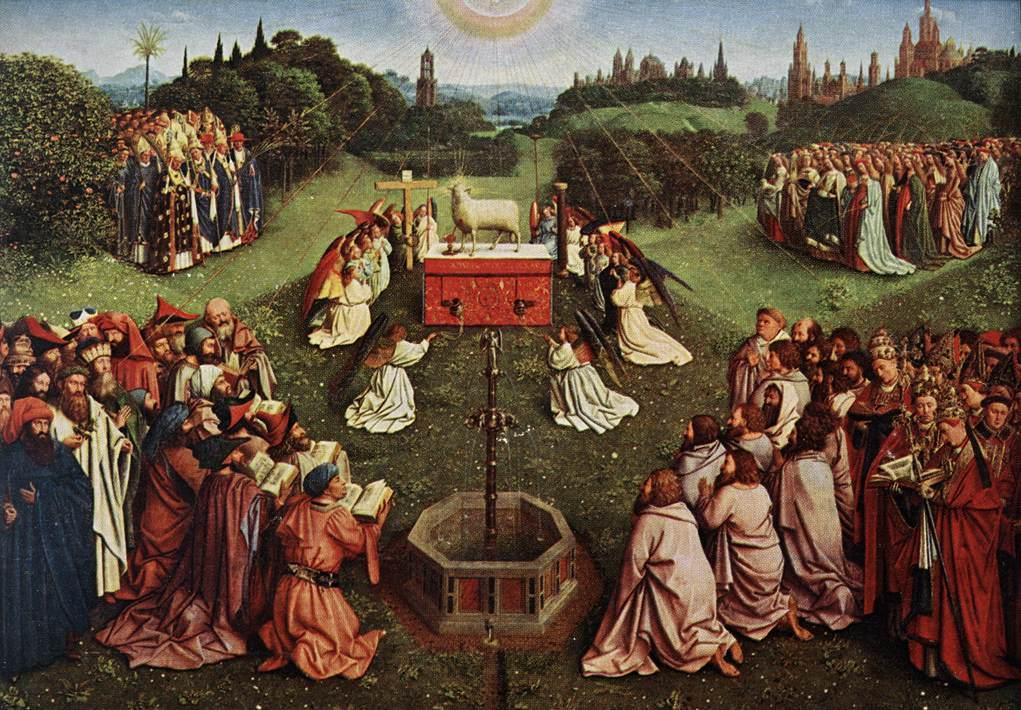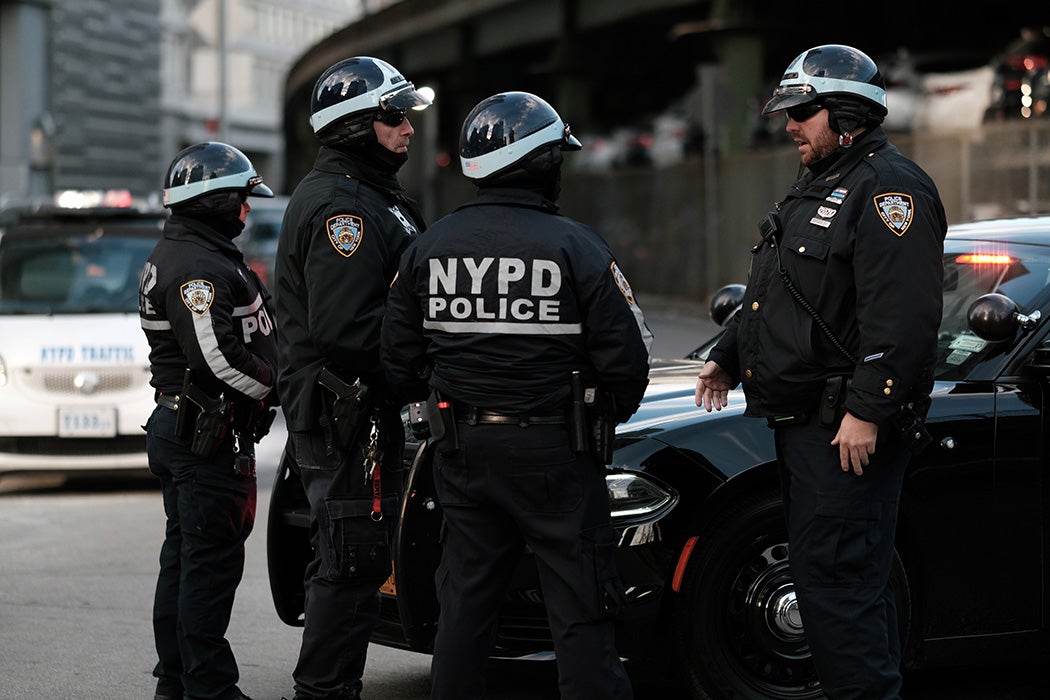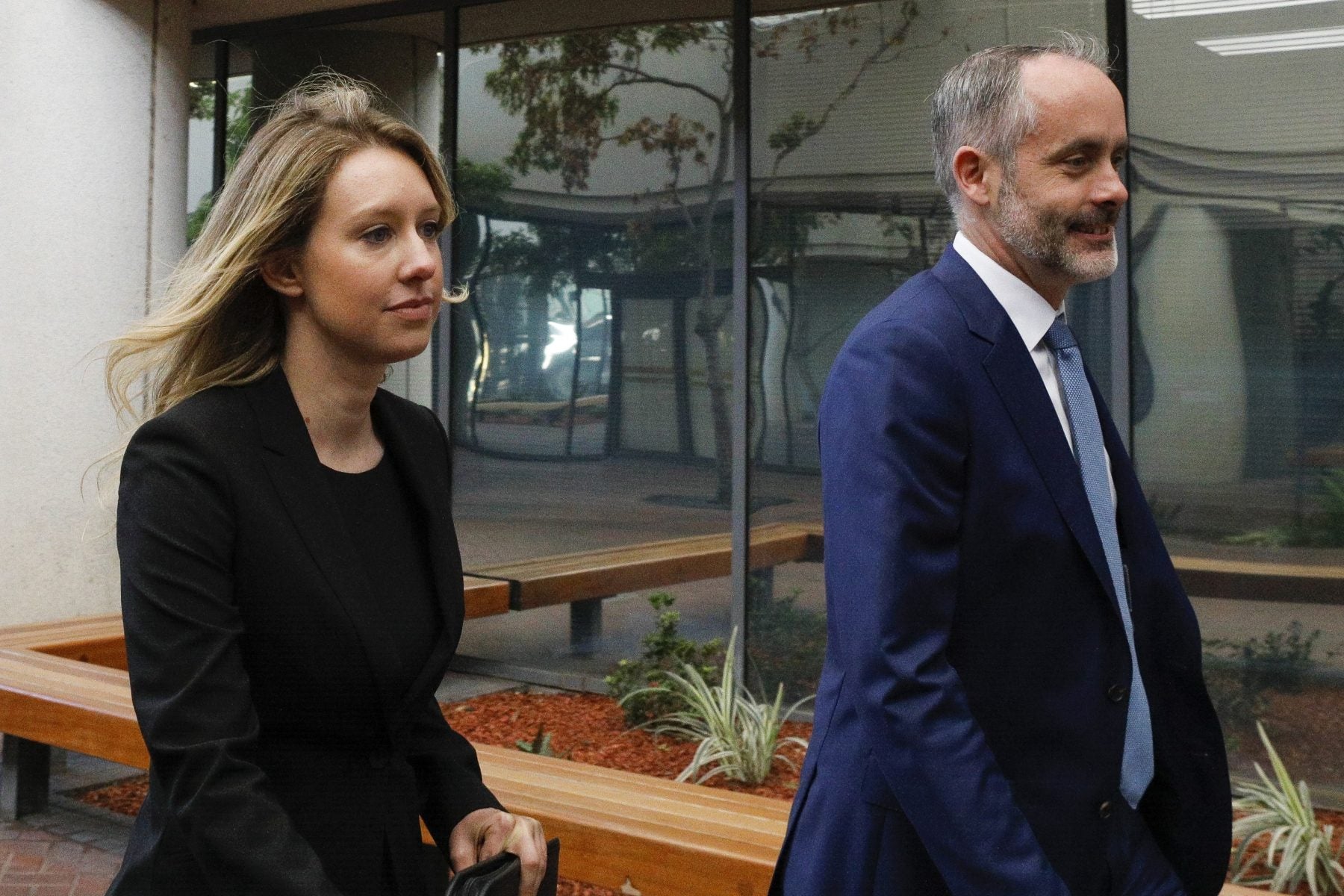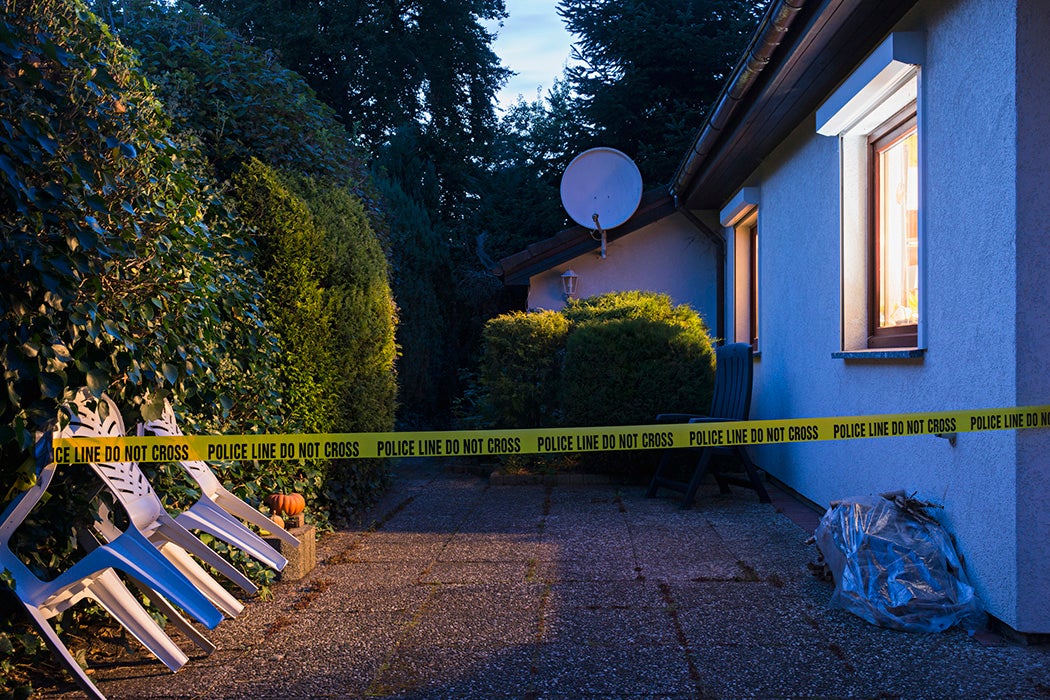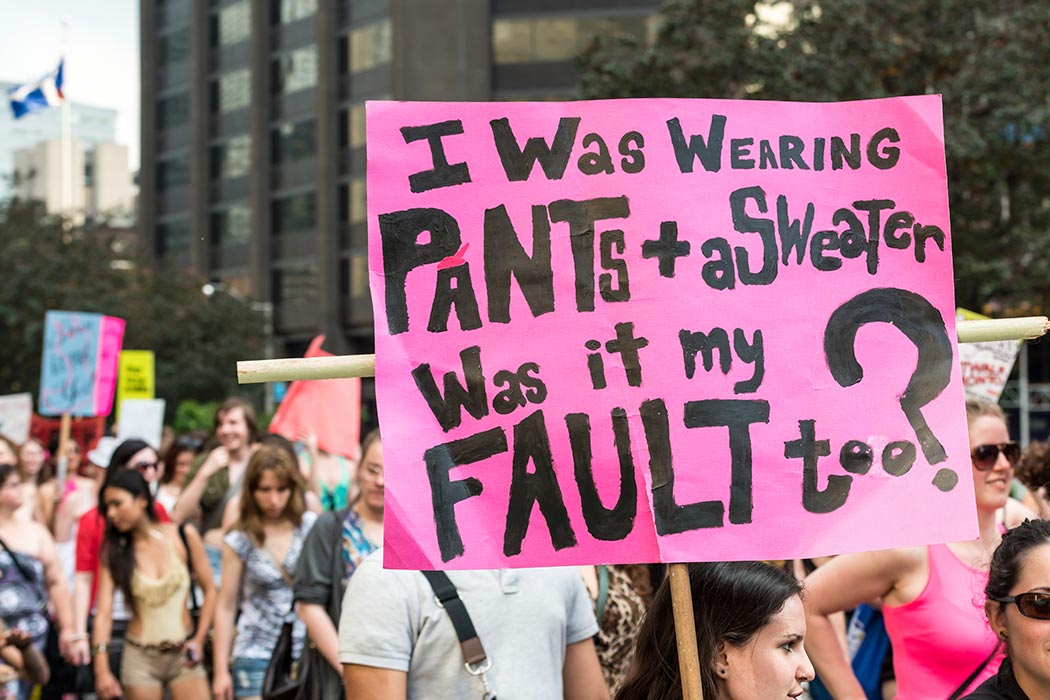The icon indicates free access to the linked research on JSTOR.
In the world of true crime media, a good rule-of-thumb is that “runners” are rescuers and “joggers” get jabbed or jailed. But how did we become so obsessed with crime that the media now has patterns of language for describing this phenomenon? What about these stories compels us to need books, podcasts, television specials, and now social media campaigns about victims and suspects?


As Dr. Pamela Burger notes, the true crime genre started with the dawn of print media and was as diverse then as it is now. Where sixteenth-century consumers couldn’t access printed materials, they turned to ballads and oral recitations of gruesome tales—even in church. As for modern consumers, Amanda Keeler explains that the availability of podcasts as a new form of true crime consumption has expanded both the quantity of stories available and the styles of account. Do you want to learn more about the victim—the investigation—the trial? There’s a podcast for that. But more importantly, she writes,
many of these podcasts effectively bridge the micro story of individuals with the macro investigations of larger circumstances surrounding criminal cases. The focus on these “small” stories helps to illuminate systemic issues, catapulting the audio-only exploration of an issue from the anonymous and vague notion that crime exists in the world to the personal stories of victims that can help create important connections for the audience.
The articles in this syllabus offer a multidisciplinary approach to true crime. The first section of articles are specific examples of true crime stories that explain the crime within its historical context. The next section focuses on the “sciences” of criminal investigation over time, and how those are used and misused in criminology and popular culture today. Finally, the last section offers articles that explore true crime’s impact on society. How do we view crime as a whole, and how has that changed over time?
Historical Examples of “True Crime”
November 13, 2023
Burke and Hare infamously killed people to meet the demand for bodies in Edinburgh’s anatomy schools in 1828. But who remembers the man for whom they worked?
July 13, 2020
The first trial to use forensic toxicology electrified France in 1840 with the tale of a bad marriage and poisoned innards.
March 13, 2023
In early Modern Europe, suicide was a sin to be punished with eternal damnation. Some women found an awful workaround: committing murder.
October 27, 2021
Harsh punishments were declining in the nineteenth century. Then came sensationalist news coverage of a reputed crime wave.
December 19, 2022
In 1892, the master cyclist set out to tour the world on wheels. A few months later, he disappeared, never to be heard from again. What happened to Frank Lenz?
April 3, 2023
Nancy Clem was a Gilded Age con artist whose swindles eventually turned deadly. Her crimes would test the era’s assumptions about class, gender, and criminality.
August 4, 2017
Lizzie Borden’s father and stepmother were brutally murdered, possibly by Lizzie herself, in August 1892. Why are we still dissecting the crime?
February 24, 2017
The murder of Dr. George Parkman on the campus of Harvard College was one of the most famous crimes in nineteenth century America.
July 17, 2014
Wiretapping made its debut in front of the Supreme Court in 1928.
August 6, 2018
How New York City's tabloids sensationalized the murder case that inspired the classic film noir Double Indemnity.
August 7, 2023
Seventeenth-century teenagers faced criminalization for refusing to take on jobs as live-in farm workers, but many pursued their interests despite the threat.
Science and Pseudoscience
June 27, 2023
In the late nineteenth century, forensic investigators began using new technologies to study minute details—such as the arrangement and makeup of dust.
October 31, 2018
In late nineteenth-century forensics, optography was all the rage. This pseudoscience held that what someone saw just before death would be imprinted on their eye.
April 6, 2018
In criminal interrogation, interrogators often ask questions and interpret the responses in such a way as to confirm guilt.
May 11, 2016
A recent wave of subway slashings in New York City is an opportunity to examine the criminology and sociology behind copycat crime.
January 2, 2023
In the late eighteenth century, Glasgow magistrate Patrick Colquhoun argued that immoral living had created a distinct class of people with weak characters.
November 7, 2023
The pseudoscience phrenology swept the popular imagination, and its practitioners made a mint preying on prejudices, gullibility, and misinformation.
True Crime Society
September 25, 2018
Cotton Mather and other 17th-century American writers created a genre all their own: Puritan gallows literature, which both terrified and edified.
August 4, 2022
Depictions of poor, non-white victims and informants led working-class and rural listeners to turn against the genre.
August 19, 2022
A deeply ingrained interest in stolen objects and their recovery reflects our collective uncertainty over how we value art.
December 10, 2021
Asking yourself about what you've "gotten away with" may change how you think about "criminals."
March 2, 2022
From train robberies to organized retail theft to murder, are we really gripped by a crime wave?
February 20, 2022
Trials create narratives that are "plot-driven." When judges attempt to see them as "character-driven," real people can be denied justice.
September 1, 2021
There has been a spike in domestic violence amid the COVID-19 crisis, according to a recent report from the National Coalition Against Domestic Violence.
October 21, 2015
Why the race of perpetrators in mass shootings is only a factor when the shooters are not white.
September 28, 2015
The critique of contemporary "victim culture" has parallels to the critique of "victim feminism" of the 1990s.
Support JSTOR Daily! Join our membership program on Patreon today.
Resources
JSTOR is a digital library for scholars, researchers, and students. JSTOR Daily readers can access the original research behind our articles for free on JSTOR.
By: AMANDA KEELER
Saving New Sounds: Podcast Preservation and Historiography, (2021), pp. 124–134
University of Michigan Press



